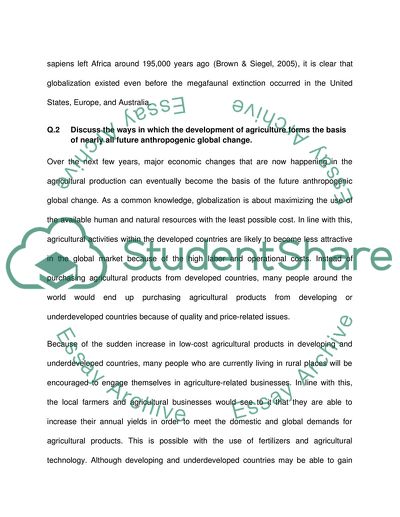Cite this document
(Evolution: The First Four Billion Years Essay Example | Topics and Well Written Essays - 2000 words, n.d.)
Evolution: The First Four Billion Years Essay Example | Topics and Well Written Essays - 2000 words. Retrieved from https://studentshare.org/history/1727724-reflective-journal-on-global-change-pls-read-questions-on-the-instructions-window
Evolution: The First Four Billion Years Essay Example | Topics and Well Written Essays - 2000 words. Retrieved from https://studentshare.org/history/1727724-reflective-journal-on-global-change-pls-read-questions-on-the-instructions-window
(Evolution: The First Four Billion Years Essay Example | Topics and Well Written Essays - 2000 Words)
Evolution: The First Four Billion Years Essay Example | Topics and Well Written Essays - 2000 Words. https://studentshare.org/history/1727724-reflective-journal-on-global-change-pls-read-questions-on-the-instructions-window.
Evolution: The First Four Billion Years Essay Example | Topics and Well Written Essays - 2000 Words. https://studentshare.org/history/1727724-reflective-journal-on-global-change-pls-read-questions-on-the-instructions-window.
“Evolution: The First Four Billion Years Essay Example | Topics and Well Written Essays - 2000 Words”, n.d. https://studentshare.org/history/1727724-reflective-journal-on-global-change-pls-read-questions-on-the-instructions-window.


